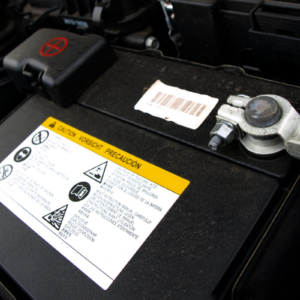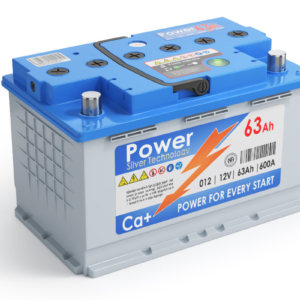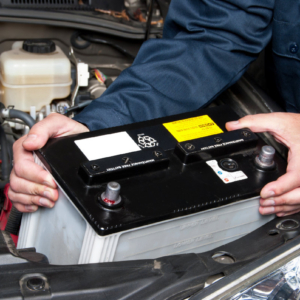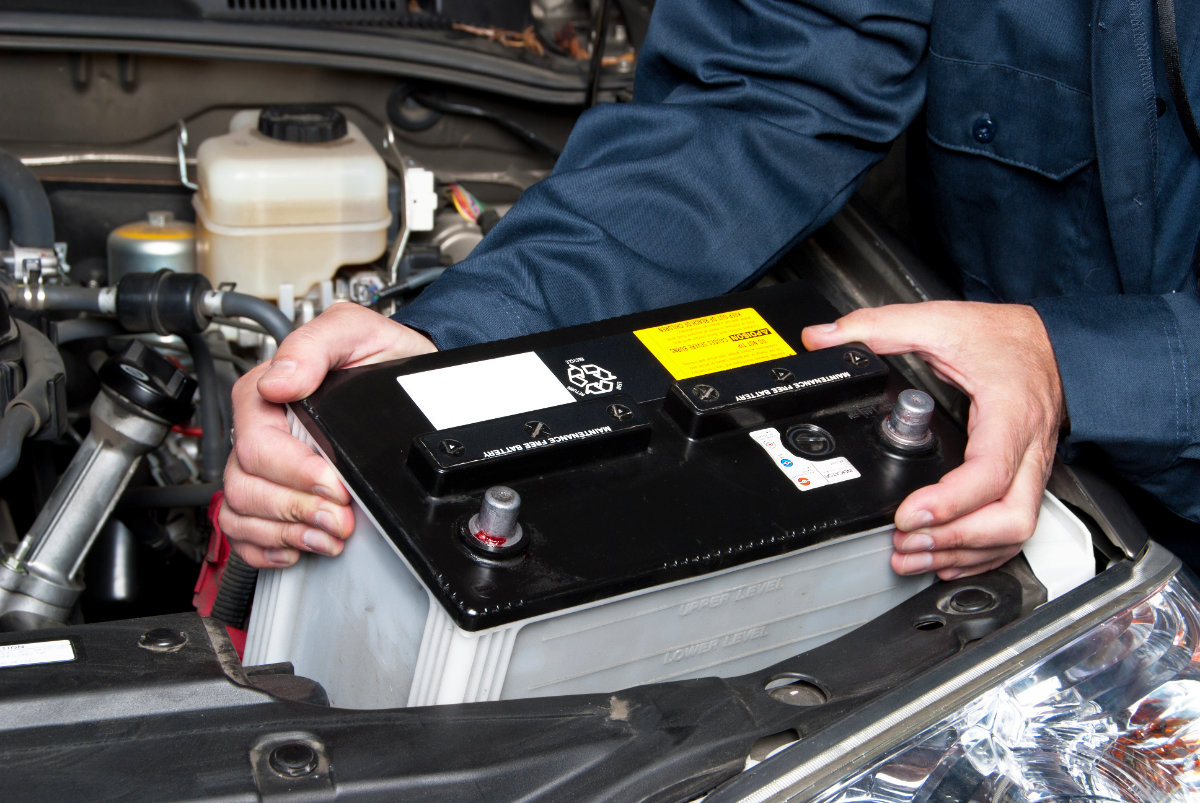PRODUCT LABELS
LABEL BY TYPE
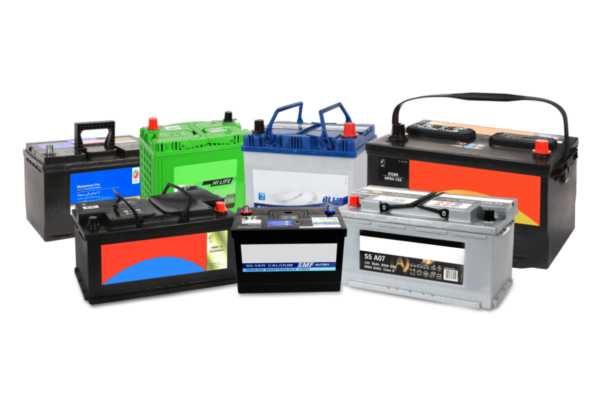
Automotive Battery Labels
Car and vehicle manufacturers around the world should each recognise the importance that battery labels bring to the vehicles that they’re manufacturing.
Battery labels provide those in the automotive industry with a whole host of vital information, helping consumers, mechanics and others to choose a suitable replacement and so much more!
Here at CS Labels, we take battery labels seriously. There are many benefits to working with our expert team as we can produce the highest quality industrial battery labels, fully customisable to your exact specifications.
Read on to learn more as we talk through some of the most important aspects of battery stickers, including how to use them appropriately within your automotive business.
Types Of Batteries Used In Vehicles Today
There are different types of batteries that are used in cars, bikes and commercial vehicles such as vans and trucks in today's modern age. This includes but is not limited to lead acid, AGM and Lithium Ion batteries.
Lead Acid Batteries
Lead acid - is the most common type of battery around, but surprisingly they’re not actually made of lead. Instead, the material it contains is called lead plates, which intercalate with sulfuric acid.
These plates also act as 2 electrodes where electrochemical reactions occur. The acid can then power the automotive engine thanks to a chemical reaction between the electrodes along with other substances inside the battery itself.
AGM Batteries
AGM or Absorbed Glass Mat is a type of battery similar to lead-acid, with 2 main differences: they lack a liquid electrolyte solution (they have a synthetic fibre mat soaked with sulfuric acid instead), plus they are fully sealed.
AGM batteries are maintenance-free, meaning no spare acid or extra plates.
Lithium Ion
Lithium Ion is the go-to for hybrid and electric vehicles, offering durability and power density through green energy sources.
Lithium can store considerable energy per volume, all the while maintaining a near-constant voltage during its life cycle, offering lots of notable advantages over other older battery styles and hence the reason why they are the choice of many vehicle manufacturers.
The Legal Side Of Automotive Battery Labels
There are several different components that come together to form a battery label. The information that’s printed onto a battery label must include the manufacturer, model number, chemistry, capacity and voltage information along with any other important warning signs.
You can expect to find information like amp hours (AH), cold cranking amps (CCA), cranking amps (CA), a date code, deep cycle, reserve capacity (RC) and more.
Battery labels can be a great tool for car owners and mechanics, as they offer valuable information that can be utilized in countless ways. All the information printed on an automotive battery label should conform to EN (European Normal) and BCI (Battery Council International) standards.
Safety information is also present on most battery labels, offering the user an array of warnings about the secure handling and disposal of the battery. This advice should always be read, understood and followed carefully as batteries can easily become a serious hazard when you fail to handle or dispose of them properly.
It is on the battery manufacturer to include the correct information so that the vehicle manufacturer or owner can check for safety recommendations, and warnings, or adhere to the advice given.
Presence Of Safety Information
Safety information is also present on most battery labels, offering the user an array of warnings about the secure handling and disposal of the battery.
This advice should always be read, understood and followed carefully as batteries can easily become a serious hazard when you fail to handle or dispose of them properly.
It is on the battery manufacturer to include the correct information so that the vehicle manufacturer or owner can check for safety recommendations, and warnings, or adhere to the advice given.
Customisable Options For Your Battery Labels
Many manufacturers may wish to utilize space on the battery itself for additional labelling such as branding opportunities and improved safety messaging. This can certainly be done through the use of customisable battery label options, as you can easily change your battery label design to suit your unique specifications.
Adding extra branding to automotive battery labels can help to promote your business and act as additional marketing. It would be empty, wasted space if you fail to go the extra mile and add customised branding to your battery label.
Including further safety messages can help to cover you legally, while also ensuring that your customers can enjoy a risk-free experience when using your batteries. It shows a level of care and consideration.
Label Materials and Adhesives
There are a number of label materials that can be used to create battery labels, so it depends on your unique needs as to what you decide for your battery label. You can choose between materials such as paper (varnished or laminated) and polypropylene. Each of these materials boasts its own pros and cons, impacting the label's durability, adhesion, chemical resistance and ability to withstand the local environment.
Paper is of course one of the weaker materials as it’s fairly easy to rip and isn’t waterproof, adding a lamination will assist with durability but it’s no doubt the cheapest option available. The PP is a lot more durable and is 100% waterproof, but best to avoid exposure to oil, chemicals and other elements.
Presence Of Safety Information
The adhesive you use for your battery label can also influence its lifespan and ability to fulfil its purpose. Choosing the best adhesive is very important, as running the risk of your labels peeling from the battery (taking safety information with it) can put you and others at serious risk.
It’s likely that a strong permanent solution is best advised for this application in order to keep labels securely fastened for longer periods of time.
CS Labels: Your Trusted Label Manufacturer
There are a few basic guidelines that you can follow to design the most effective car battery labels. First off, ensure that you include the most clear and concise messaging.
This means using bold, legible fonts, and making the most of dark text on a light background. Then, make sure you have all of the appropriate safety symbols, as well as any necessary safety advice.
Don’t forget to include some branding to maximise space across your battery label, even if you’re a well-known business, as this can be a great opportunity to customise your labels for extra marketing potential.
Working with a trusted manufacturer such as CS Labels, we provide a complete label solution. offering support and guidance on design and creation which can be invaluable.
You can rest assured knowing your battery labels will be 100% compliant, functional and well put together ready for harsh conditions.

